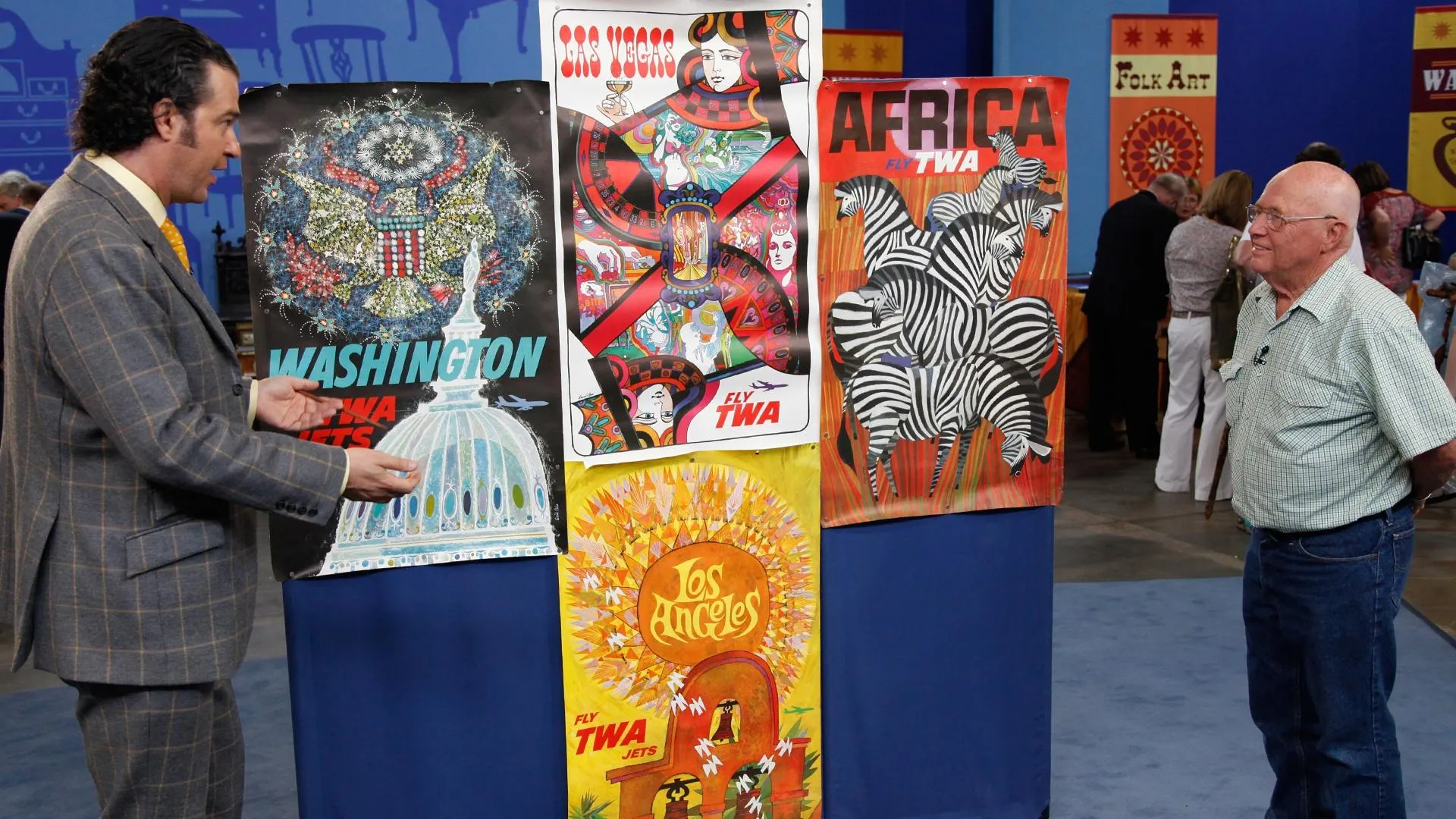GUEST: Well, I got it from the Huron Elks Lodge. They had it, and they're doing a remodel. They didn't have a place for it anymore, and I had admired it for years at the lodge. And I approached them one time about purchasing it. I got it.
APPRAISER: Do you know anything about the image?
GUEST: I don't. I just...I tried to look it up, and I just have not found any information.
APPRAISER: Okay. Well, it's actually a fairly famous image from the 19th century. It's by a woman artist named Rosa Bonheur, and the original is actually even bigger than this. The original is about eight foot by 16 foot. And it was finished in 1853 and is exhibited in Paris. And it made her very, very famous. And she had a relationship with a print publisher and a print gallery owner named Goupil. And he showed a number of her paintings, traveled around and came to the United States. And this was such an important image that he actually had a separate show for this print, "The Horse Fair," when it came, and it just made her famous. It was so famous that it actually has a large number of prints done of it-- all different sizes and all different processes. There are lithographs, chromolithographs, there are engravings. It is probably one of the most common subjects for 19th-century prints. Obviously, most of them are not this size. This is a huge print. It is a chromolithograph. And a chromolithograph is each color is printed from a separate stone. So they had a lithographic stone. Huge stone. I mean it's just an amazing size. It's one of the largest chromolithographs that I've ever seen.
GUEST: Nice.
APPRAISER: It's really, really rare. And I'm not sure that's because very few of them were made, or because with the size, they didn't sell very many. It's really not clear. It's not even clear who made it. It is known that Napoleon Sarony did a lithograph of the image probably involved with Goupil. And I suspect that's what this is. Now, you do have an issue of condition on this. I mean you've got all that, it looks great. But if you look closely, up here, you can see that there's a bit of the surface that stuck to the glass.
GUEST: Yes.
APPRAISER: Now, that surface is still there on the glass. So this can be taken out by a conservator, scraped off and reattached. There's also the issue, on the back is the old wood that has acid in it. That's going to migrate, and it's eventually going to make it fall apart. Now, given the size, it's not going to be inexpensive to restore, but it's a very valuable print. Now, how much did you pay for it when you bought it from the Elks?
GUEST: $500.
APPRAISER: $500. And you knew that was a good value, right?
GUEST: Yes.
APPRAISER: But you have a sense of what you think it is worth, right?
GUEST: $5,000 to $8,000?
APPRAISER: You're not far off on that. It's a little hard to judge because in some ways, it's so big that not many people can have a space to hang it. But I think really in a retail environment, even in this condition, you're probably talking about $8,000 to $9,000.
GUEST: Awesome. Thank you very much.









